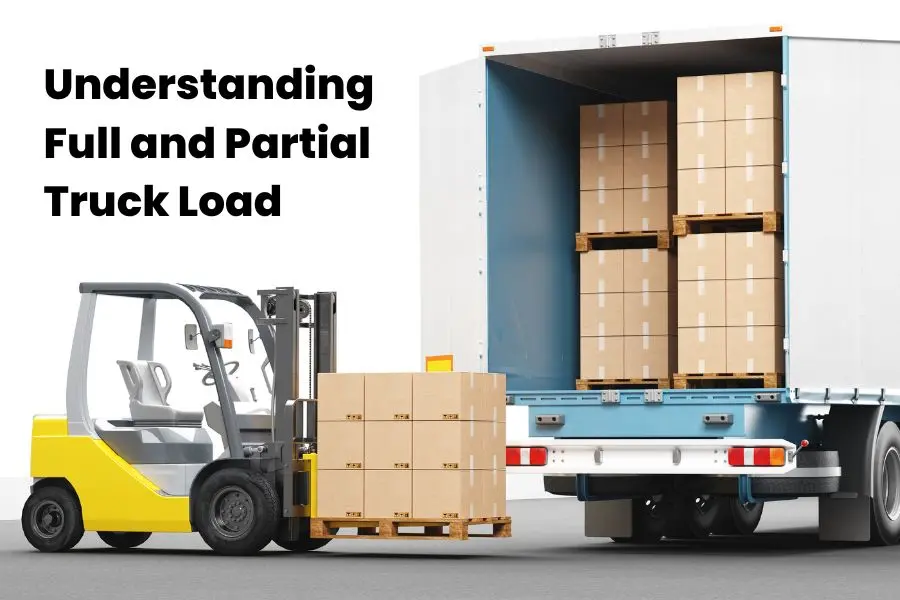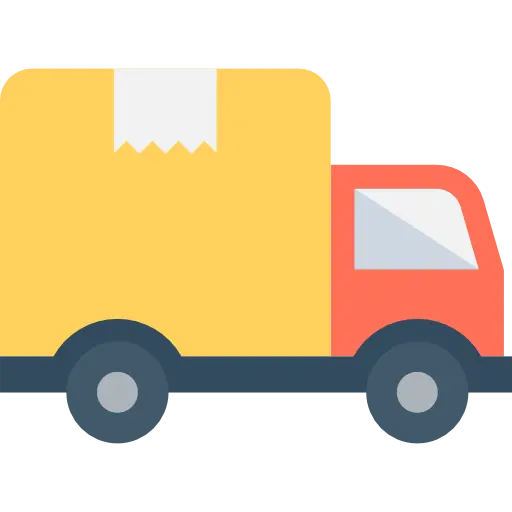Understanding FTL/ PTL

Full Truck Load (FTL) and Part Truck Load (PTL) services play pivotal roles in B2B logistics, each tailored to specific shipping requirements. A thorough understanding of their functionalities empowers businesses to streamline their logistics strategies effectively. Here’s a detailed analysis:
Efficient Resource Utilization:
FTL: Maximizes truck capacity by dedicating the entire space to a single shipment, making it ideal for large loads.
PTL: Consolidates multiple shipments within a shared truck space, minimizing wastage and lowering costs, particularly suited for smaller loads
Cost Optimization:
FTL: Economical for large shipments, mitigating extra handling and potential damage
PTL: Offers cost savings for smaller shipments through shared transportation costs
Transit Times:
FTL: Typically ensures faster transit times with uninterrupted transportation from origin to destination.
PTL: May have slightly longer transit times due to stops for loading/unloading multiple shipments.
Flexibility in Delivery Schedules:
FTL: Provides flexibility with specific delivery schedules since the entire truck is dedicated to one customer.
PTL: Accommodates multiple customers’ shipments, facilitating cost-effective and efficient route planning.
Handling Requirements:
FTL: Suited for specialized handling needs, ensuring meticulous care during transit.
PTL: Adaptable to various cargo types but necessitates clear communication of handling specifications.
Industry-Specific Considerations:
FTL: Preferred by industries with large-scale operations or distinctive handling prerequisites.
PTL: Commonly utilized in retail, e-commerce, or distribution sectors for cost efficiency and versatile delivery alternatives.
Advantages of FTL:
Reduced risk of damage due to dedicated truck space.
Faster transit times with direct transportation.
Priority and customizable delivery schedules
Suited for industries like manufacturing, construction, automotive, and high-value goods.
Advantages of PTL:
Cost optimization through shared transportation costs.
Flexible delivery options with multiple stops.
Commonly used in retail, e-commerce, distribution, and consolidation hubs
Factors to Consider:
Shipment Size: FTL for larger shipments, PTL for smaller ones
Urgency of Delivery: FTL for time-sensitive deliveries
Special Handling Requirements: FTL for specialized needs.
Cost Implications:
FTL: Cost-effective for larger shipments, optimizing resource utilization
PTL: Cost-effective for smaller shipments, leveraging shared transportation costs.
Key Differences:
Shipment Size and Capacity: FTL for full truck capacity, PTL for shared space.
Transit Times and Delivery Schedules: FTL for speed, PTL for flexibility.
Cost Considerations: FTL for large shipments, PTL for cost sharing.
Considerations When Choosing:
Nature of Cargo: Fragility, compatibility with other shipments.
Budget and Cost Optimization: Shipment size, cost predictability.
Time Constraints and Delivery Urgency: Transit times, schedule flexibility.
Environmental and Sustainability Factors: Carbon footprint, adherence to sustainable practices.
By meticulously considering these factors and grasping the roles of FTL and PTL, businesses can make well-informed decisions to optimize their B2B logistics operations
Contact Us



.png)





.jpg)
No comments yet. Be the first to comment!
Your email address will not be published. Required fields are marked *